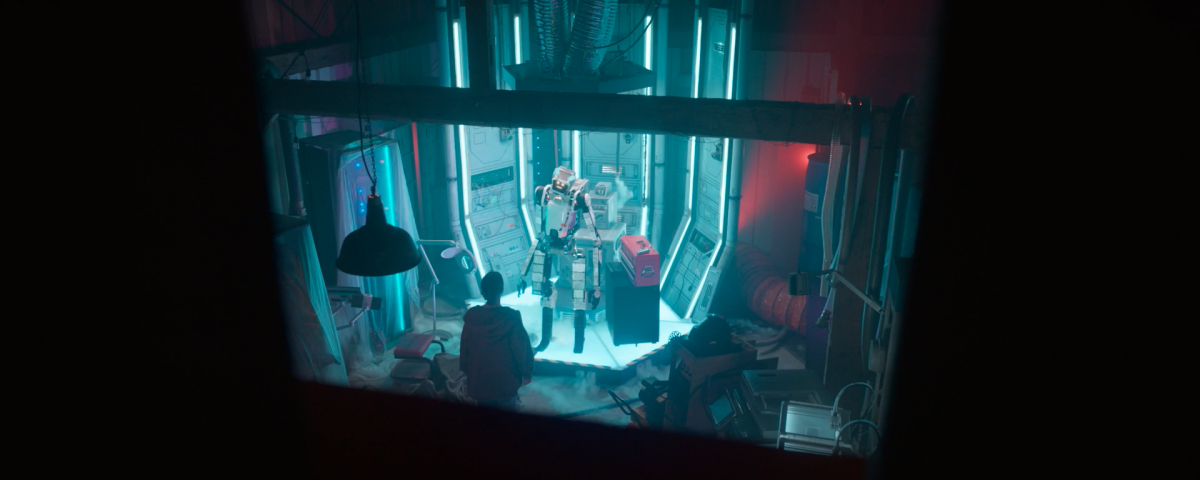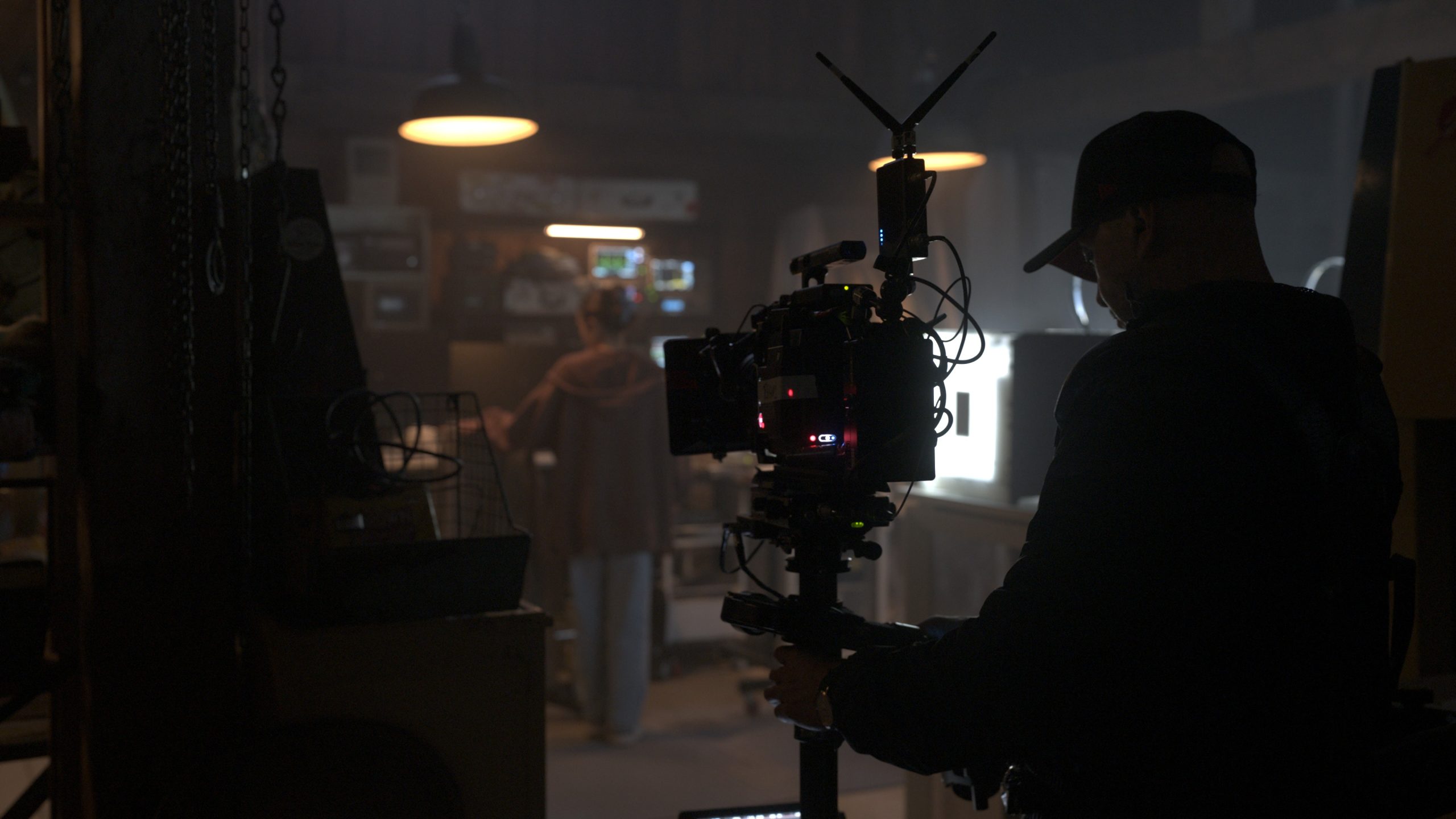
Introducing Cisco XDR Playbooks: Finding the balance in automating and guiding incident response
March 27, 2024
Cryptocurrency and Blockchain security due diligence: A guide to hedge risk
April 2, 2024Autodesk Flow Production Tracking and Flow Capture launch journey to foster creative collaboration and connectivity


- Autodesk sets out on a mission to move the media and entertainment industry forward by breaking down the barriers to creative flow, one by one.
- Autodesk ShotGrid renamed to Autodesk Flow Production Tracking; Autodesk Moxion renamed to Flow Capture as first Flow-connected workflows are released to charter customers.
- Jellyfish Pictures puts the power of an open ecosystem, open standards, and connected data to work as an early tester of Autodesk Flow.

Short film created and produced entirely in Autodesk Flow.
Imagine a world where your creative workflow flows freely, openly, and collaboratively. Imagine a production pipeline that presents creative solutions rather than obstacles. Imagine creative energy unimpeded by process.
That’s our mission. Autodesk Flow will get us there.
Flow is the industry cloud for media and entertainment built on Autodesk’s Design & Make platform. It will connect people, workflows, and data across the entire production lifecycle, from earliest concept to final delivery. As we’re working toward a more streamlined creative future with Flow, we’ll be making some changes.
Autodesk Flow: Raising the game with a new name
Effective today, the Autodesk product formerly known as “ShotGrid” will be renamed “Flow Production Tracking” and “Moxion” will now be called “Flow Capture.”
What’s in a name change? It’s a sign of all the good things to come on the journey to Flow.
For the moment, those who know and love ShotGrid and Moxion will continue to enjoy the full range of capabilities they’ve come to expect—with a few new features to look forward to that streamline workflows and better connect creative teams from on-set through final delivery:
- Flow Capture customers will now get to experience a new, more intuitive UI that further accelerates creative workflows, as well as a new integration with Avid Media Composer in the near future that allows editors and post-production teams to get to work the moment shooting wraps.
- As announced at Autodesk University 2023, Flow Production Tracking customers will soon experience new AI-powered scheduling capabilities, so studios can confidently deliver projects on time and on budget.

The new Flow Capture and Avid Media Composer integration will streamline workflows for editors and post-production teams.
Together, Flow Production Tracking and Flow Capture break down barriers between on-set and post-production workflows, so teams and studios can collaborate more efficiently. It’s the first step in our mission to enable unbridled creativity, an effort further accelerated by our recent acquisition of PIX.

Flow Production Tracking and Flow Capture break down barriers between on-set and post-production workflows.
Customer-tested: Early industry adoption of Autodesk Flow
Jellyfish Pictures is an award-winning animation and visual effects studio with more than 500 artists around the world working in a hybrid, cloud-based, and talent-focused structure that maximizes productivity and collaboration. Jellyfish Pictures is a longtime user of Autodesk tools and is harnessing the power of an open ecosystem, open standards, and connected data as an early tester of Autodesk Flow.
“The biggest challenge of production is managing incoming and outgoing data,” said Paul Baaske, head of production technology at Jellyfish Pictures. “Autodesk Flow simplifies this process, offering an interface for asset sharing with vendors and partners. It also accommodates internal tracking, respecting each studio’s unique workflows. Gone are the days of solo productions. Now, it’s about importing and processing data quickly in our pipeline and producing shareable outputs in a frictionless way. People must collaborate on assets as efficiently as possible to keep pace. Flow is poised to streamline this journey significantly.”
Delivering next level enhancements to Autodesk Maya and 3dsMax
We’re also announcing exciting updates to Autodesk Maya and Autodesk 3ds Max, aimed at improving modeling, animation, and rendering workflows, while continuing our support for open standards like OpenUSD and OpenColorIO. In Maya, users can expect a redesigned Dope Sheet, Smart Extrude, LookdevX enhancements, and additional tools to boost artist productivity and asset portability. In 3ds Max, important enhancements include updates to color management, improved Retopology, and an updated Global Search function, empowering animation, game development, and design visualization studios to stay in the creative zone and better collaborate.

New LookdevX enhancements come to Maya 2025.
Creativity requires freedom. Whether you’re a director, artist, editor, or producer—bringing your dreams into being means eliminating the barriers that stand in your way. Autodesk Flow lays the foundation for that freedom. Today is just the beginning.

